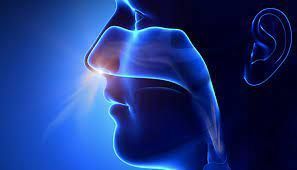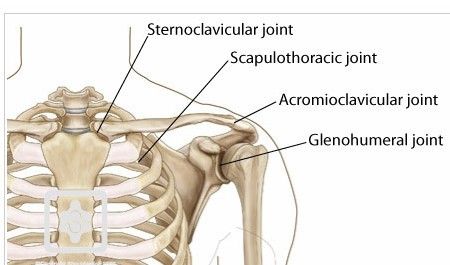Spine Stability First then Range of Motion
When it comes to spine stability and health maintaining shared segmental load is a must. Producing too much movement (or load) from one spot in the spine creates structural issues leading to osteoarthritis, degenerative disc disease, and disk herniation. Often the muscles that support shared segmental loading of the spine need to be retrained.
A yoga class is great for getting us to move our spines through the different planes of movement. If we are not careful, we can get caught up in the poses and miss the awareness of where we are moving from. We are born with thoracic kyphosis (flexion) in our spine. It is developed in utero and referred to as our primary curve. As infants we work hard to develop our secondary curves. Lordosis is developed in the cervical and lumbar sections of our spine during our first 12 months. Our movements as babies help develop the muscles to support and maintain these curves.
As adults our occupations or habits can cause movement patterns that fail to maintain shared segmental loading of the spine. Repetitive motions, sitting, looking at a computer or down at our phone for extended periods of time all shift us toward failing to support our spine. Unconsciously we move more and more from just a few segments in the spine and eventually suffer from neck or lower back pain. Through awareness and retraining, we can coordinate our muscles again to support and maintain shared segmental loading of our spine. These movements are most likely ones you haven't done in years :)
Our spine is a miraculous structure. If you haven’t gotten down on the floor and crawled around, I recommend it!
Interested in feeling a change?
Schedule a Movement or Breathing session with Julie.






